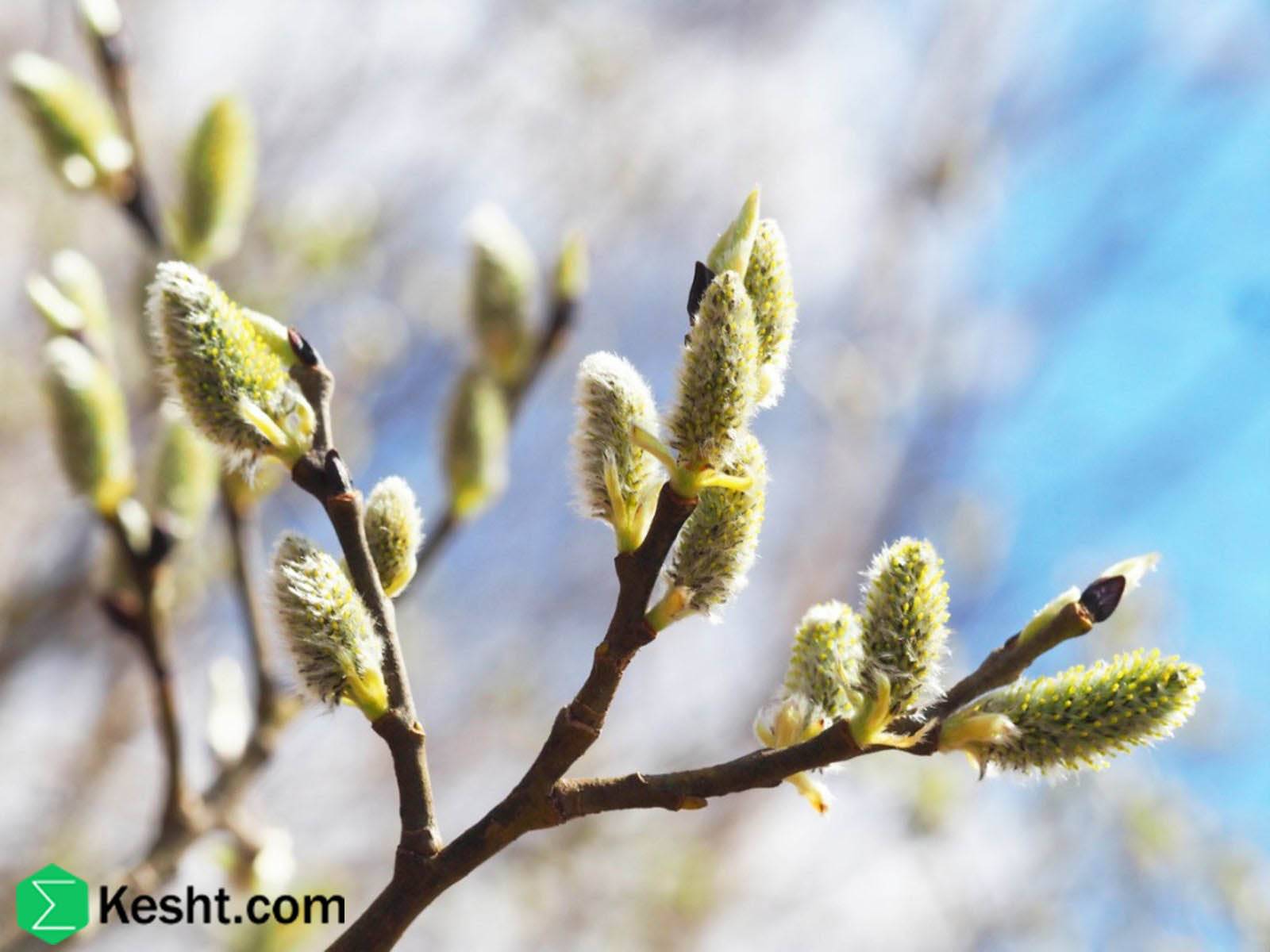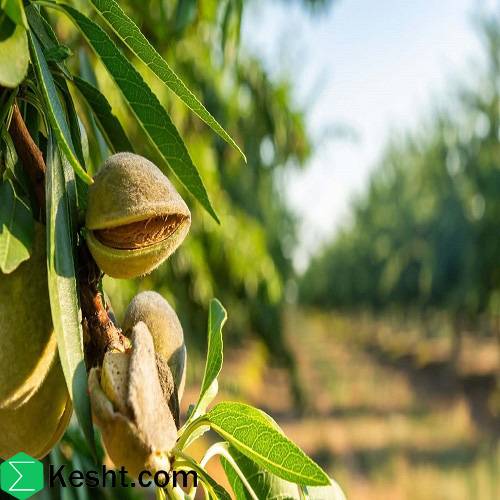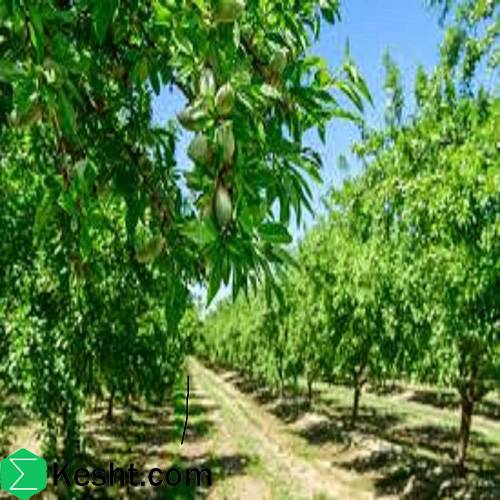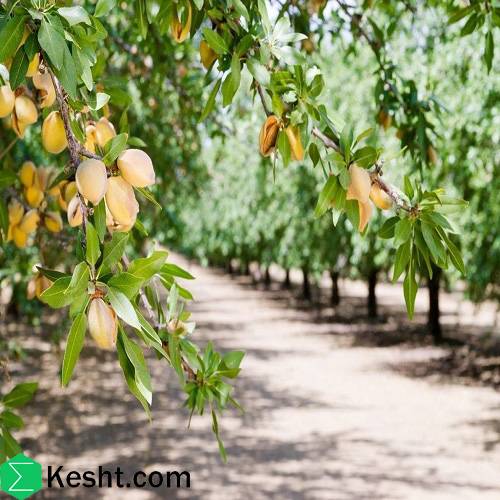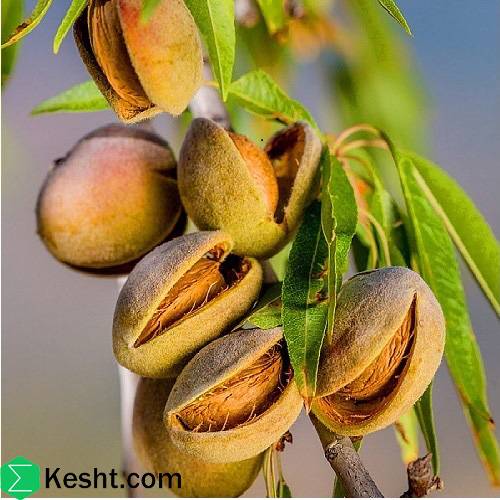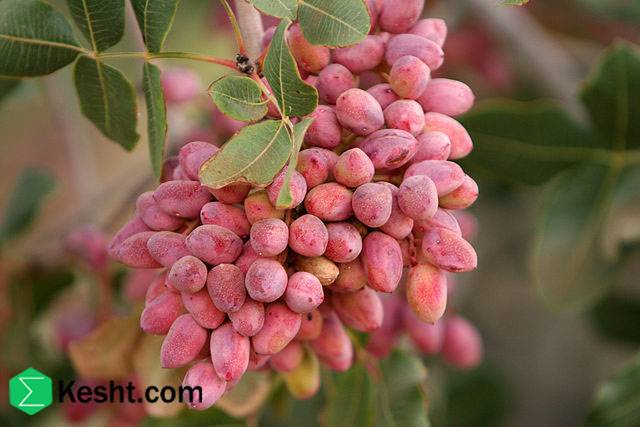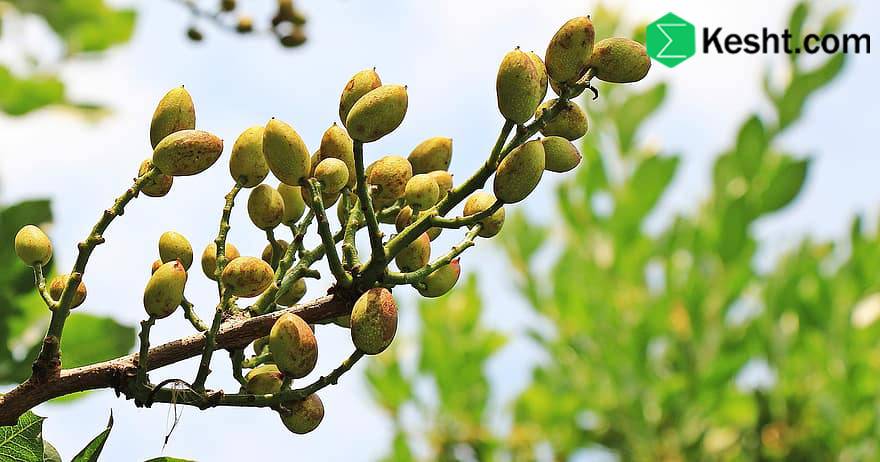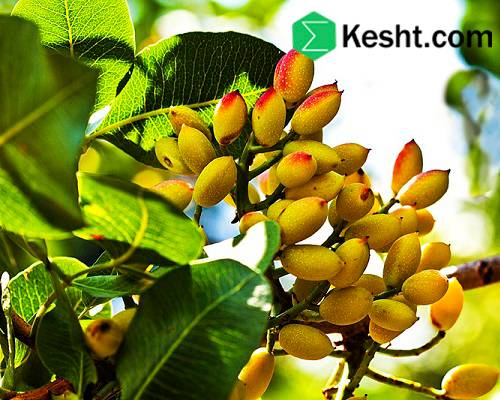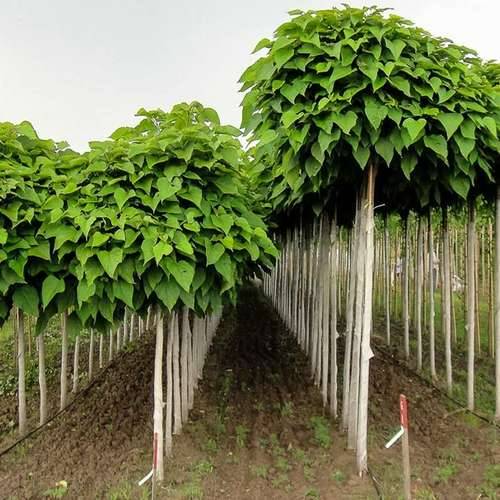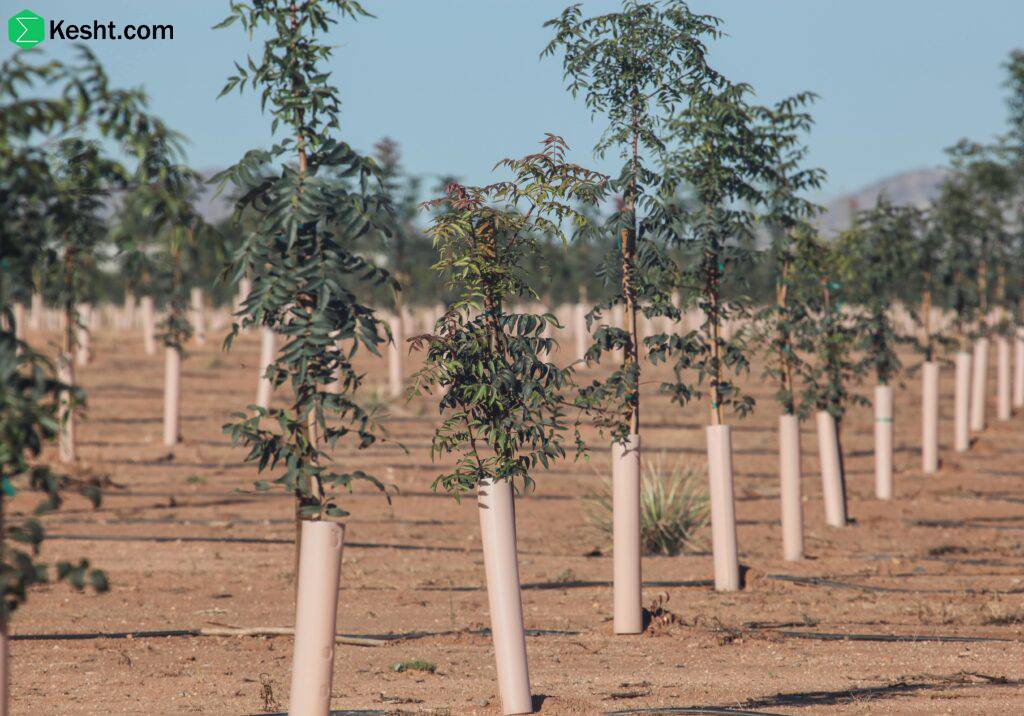Plant dormancy
Plant dormancy: what it is, why it happens, and how to care for dormant plants Overview Dormancy is a natural stage in many plants’ life cycles when growth and metabolism temporarily stop or slow sharply. It’s a survival strategy that helps plants ride out harsh conditions such as winter cold and frost, extreme summer heat, or drought. When conditions improve, the plant “wakes up” and resumes a new growth cycle. Why plants enter dormancy 1) Climate and weather - Cold (winter dormancy): In temperate regions, shorter days and falling temperatures trigger leaf drop and growth stoppage in deciduous trees (e.g., apple, maple, oak) to avoid freeze damage. - Heat and drought (summer dormancy): In hot, arid areas, some plants go dormant to cope with water scarcity and intense heat. 2) Internal factors - Hormonal control (part of the plant’s natural life cycle), including increased abscisic acid (ABA) that promotes dormancy. What happens during dormancy - Growth stops: No new shoots, leaves, or roots are produced. - Metabolism slows: Energy and water use drop to a minimum. - Leaf drop: Deciduous plants shed leaves to reduce water loss and frost injury. - Energy storage: Carbohydrates are stored in roots, bulbs, or underground stems for use in the next growing season.

